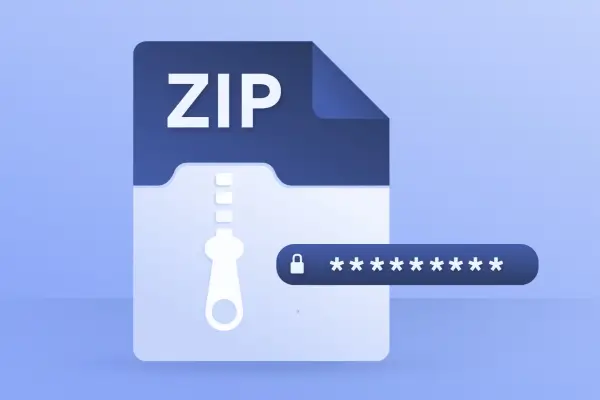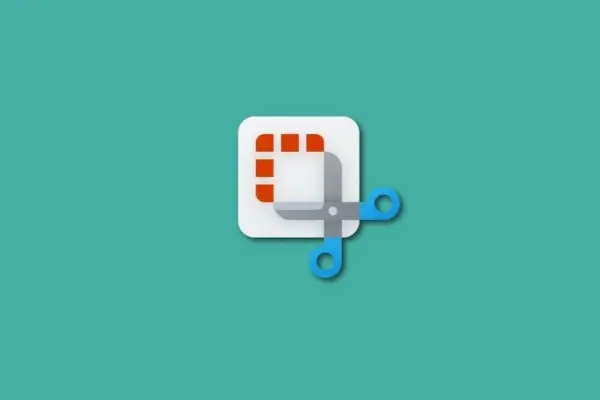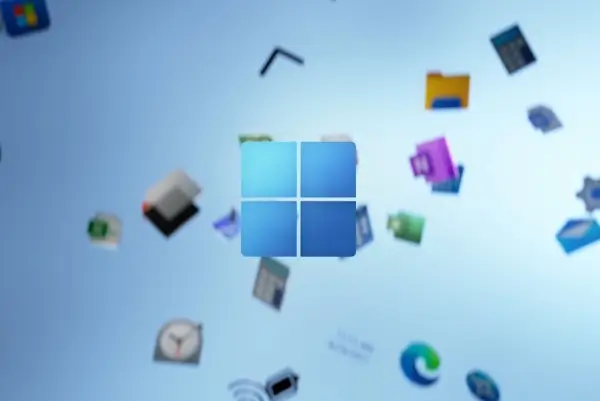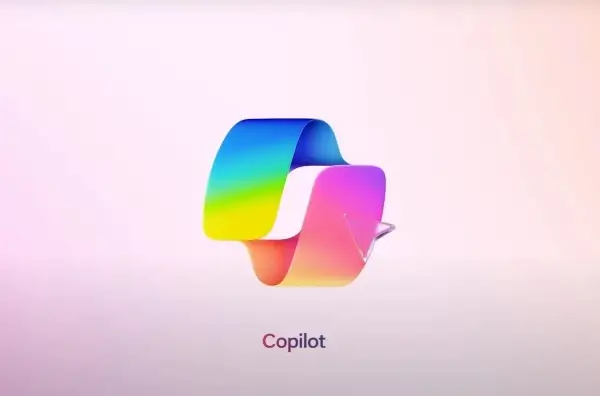Windows 8 has introduced an MS Office style Ribbon Explorer which has made it a bit tricky for some users to use even the most basic options. Hiding files and folders in the Windows operating system have always been an important way of concealing unwanted system files and revealing them only when needed. By revealing hidden files and folders you can extract temporary files, access log files and navigate to convoluted system paths for finding the location of system processes and applications.
The Ribbon Explorer has added a convenient shortcut for revealing Hidden Files and Folders in Windows 8. Furthermore, you can always unhide these files via Folder Options. See below instructions to find out how to reveal hidden files and folders in Windows 8. If you would like to display protected operating system files, empty drives, and view extensions for known file types, then go to View tab in Windows Explorer and select Options –> Change Folder and Search options.

Now, go to the View tab in the window that pops-up, select Show hidden Files, Folders and Drives and uncheck the following options:
- Hide Empty drives in the computer folder
- Hide extensions for known file types
- Hide protected operating system files

You can also Check “File name extensions” and “Hidden items” options from the View tab in Windows Explorer to reveal hidden items and file extensions. Moreover, you can hide specific items by selecting the “Hide selected items” option after selecting a file or folder.

For a visual demonstration of the above mentioned process, check out the video given below. This video is also available on the WML Cloud YouTube Channel.




